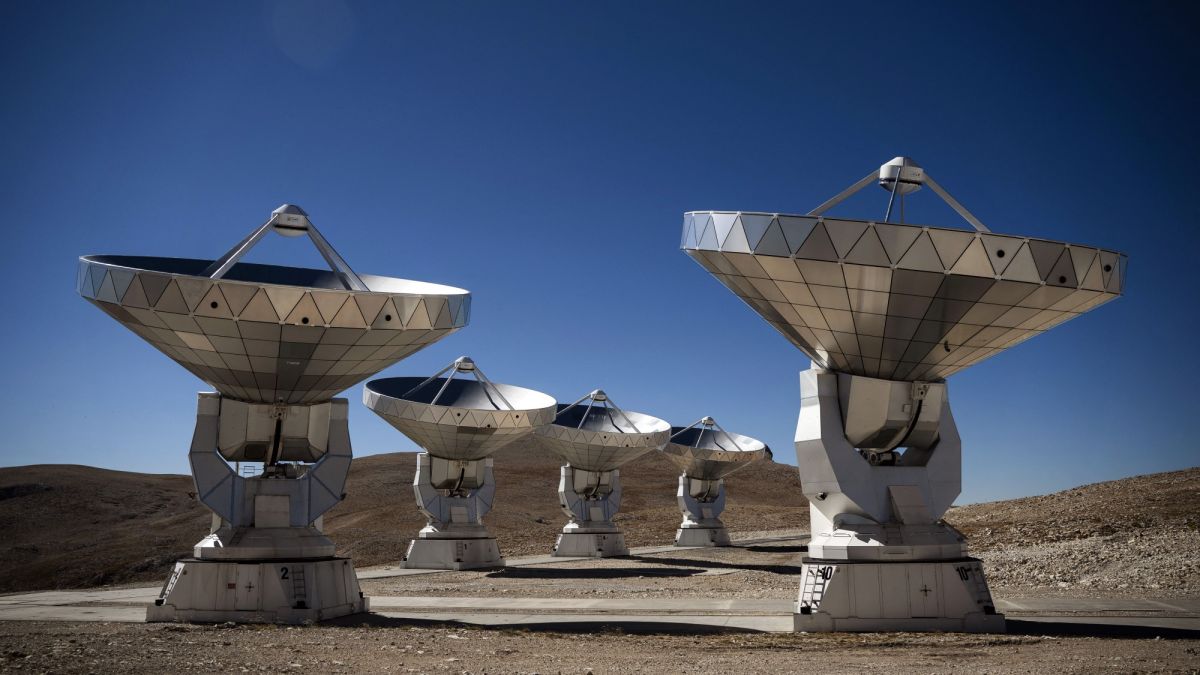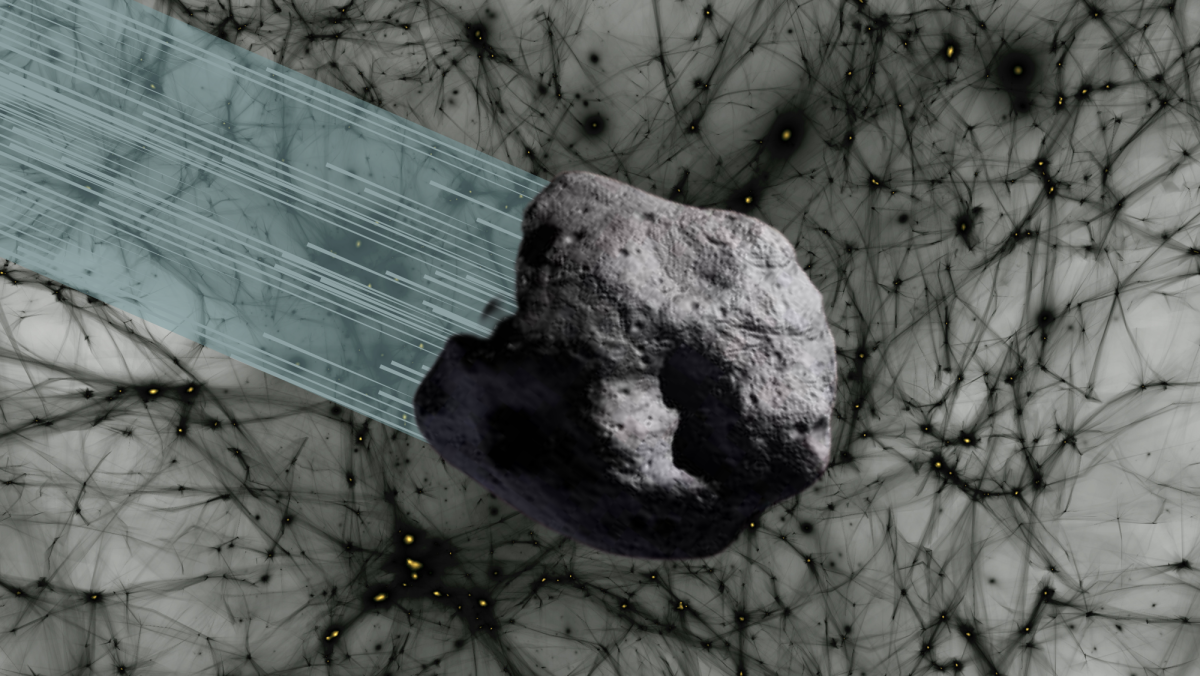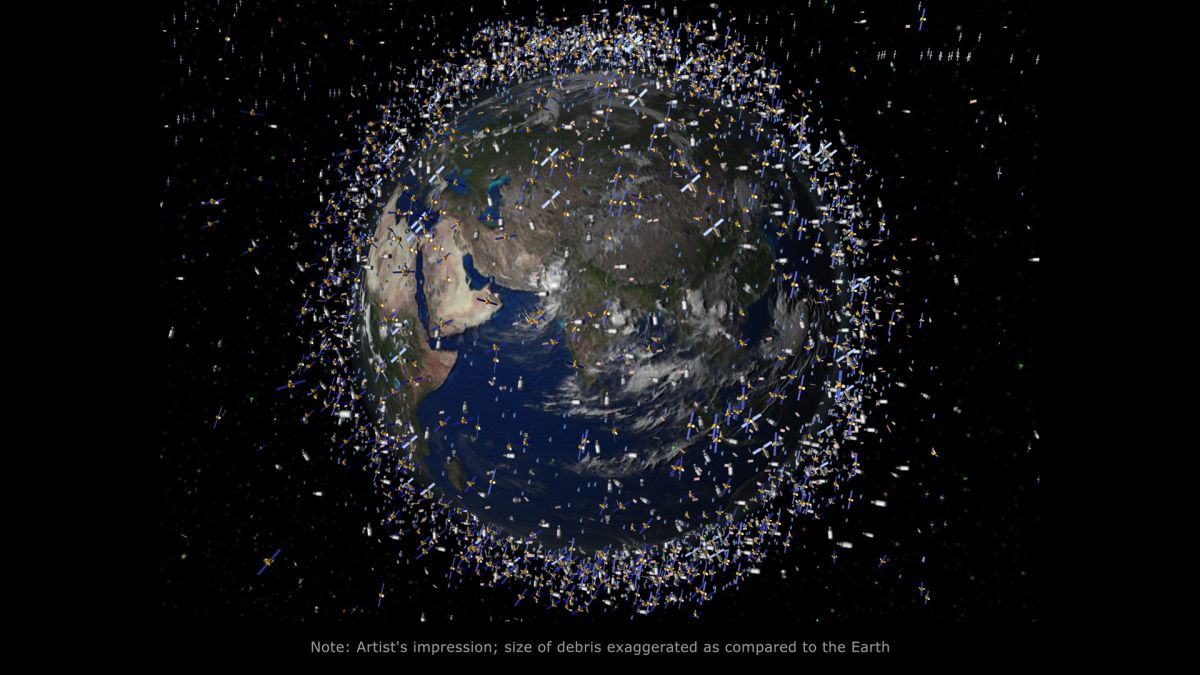This mosaic is composed of images covering the entire sky, taken by the Wide-field Infrared Survey Explorer (WISE) as part of WISE’s 2012 All-Sky Data Release.
Read MoreMonth: October 2022
NASA Invites Media to SpaceX’s 26th Resupply Launch to Space Station
Media accreditation is open for SpaceX’s 26th commercial resupply mission for NASA to the International Space Station. Liftoff of the SpaceX Dragon cargo spacecraft on a Falcon 9 rocket is targeted no earlier than Friday, Nov. 18, from Launch Complex 39A at NASA’s Kennedy Space Center in Florida.
Read More15 Years Ago: Two Women Commanders Shake Hands in Space
An historic handshake in space took place on Oct. 25, 2007. For the first time, a woman commander aboard the International Space Station, NASA astronaut Peggy A. Whitson, greeted a woman commander of a visiting space shuttle, NASA astronaut Pamela A. Melroy.
Read MoreMajor radio telescope ‘levels up’ to get unprecedented views of the early universe
The Northern Extended Millimeter Array (NOEMA), a powerful radio telescope in the French Alps, has leveled up to full capacity. On Sept. 30, the telescope, which comprises 12 antennas, was inaugurated and became the most powerful millimeter radio telescope in the Northern Hemisphere. The telescope will make unprecedented observations of the cosmos, as it is capable of capturing light that has been traveling to Earth for 13 billion years, back to when the universe was around 600 million years old. NOEMA also will study stars at all stages of their…
Read MoreEarth’s atmosphere could be turned into a giant dark-matter detector
Meteor-hunting methods could be adapted to hunt for dark matter, the mysterious substance that makes up around 85% of the universe’s matter but remains invisible, researchers propose in a new paper. Dark matter doesn’t interact with electromagnetic radiation, meaning it doesn’t absorb or emit light like ordinary matter; the universe contains five times more dark matter than ordinary matter. Thus far, astronomers have not been able to directly observe dark matter; they can only infer its presence through its gravitational influence, which prevents galaxies from ripping apart as they spin.…
Read MoreAsteroid Ryugu was born out in the cold, in the solar system’s earliest days
The near-Earth asteroid Ryugu formed far from the sun, in the cold depths of the outer solar system, according to new analysis of samples returned from Ryugu by the Japanese Hayabusa2 mission. Hayabusa2 collected two samples of material from Ryugu‘s surface in 2019, then returned those samples to Earth in 2020. Early analysis indicated that the samples were the most pristine material ever seen in the solar system, incorporating dust older than the sun. Essentially, Ryugu has remained unchanged since it formed during the first 4 or 5 million years…
Read MoreJupiter in Ganymede’s Shadow
During its 40th close pass by Jupiter, our Juno spacecraft saw Ganymede cast a large, dark spot on the planet on Feb. 25, 2022.
Read MoreMaryland Students, Navy Pilots to Hear from NASA Astronauts in Space
Pilots from the U.S. Naval Test Pilot School in Patuxent River, Maryland, and students across southern Maryland will have an opportunity this week to hear from NASA astronauts aboard the International Space Station.
Read MoreNASA’s DART asteroid crash: What scientists have learned about Dimorphos so far
Smashing a spacecraft into an asteroid isn’t NASA’s usual approach to planetary science, but it was certainly an opportunity nonetheless. NASA’s Double Asteroid Redirection Test (DART) spacecraft slammed into a small asteroid called Dimorphos on Sept. 26 to test a potential technique to protect Earth, should we find ourselves on a collision course with a large space rock. But the impact has also given planetary scientists a close, albeit fleeting, view of the smallest asteroid any spacecraft has visited to date. “It’s been a thrill to see the data come…
Read MoreClimate change keeps space debris afloat longer
Changes in Earth’s atmosphere resulting from climate change are working against efforts to clean dangerous debris out of orbit around Earth. According to a new study by the British Antarctic Survey, increasing levels of carbon dioxide reduce the density of the upper atmosphere, meaning that objects orbiting close to Earth face less drag and stay afloat longer. That may be good news for satellite operators, who have lately seen their satellites dropping down faster than ever because of worsening space weather. On the other hand, defunct satellites and space debris…
Read More

